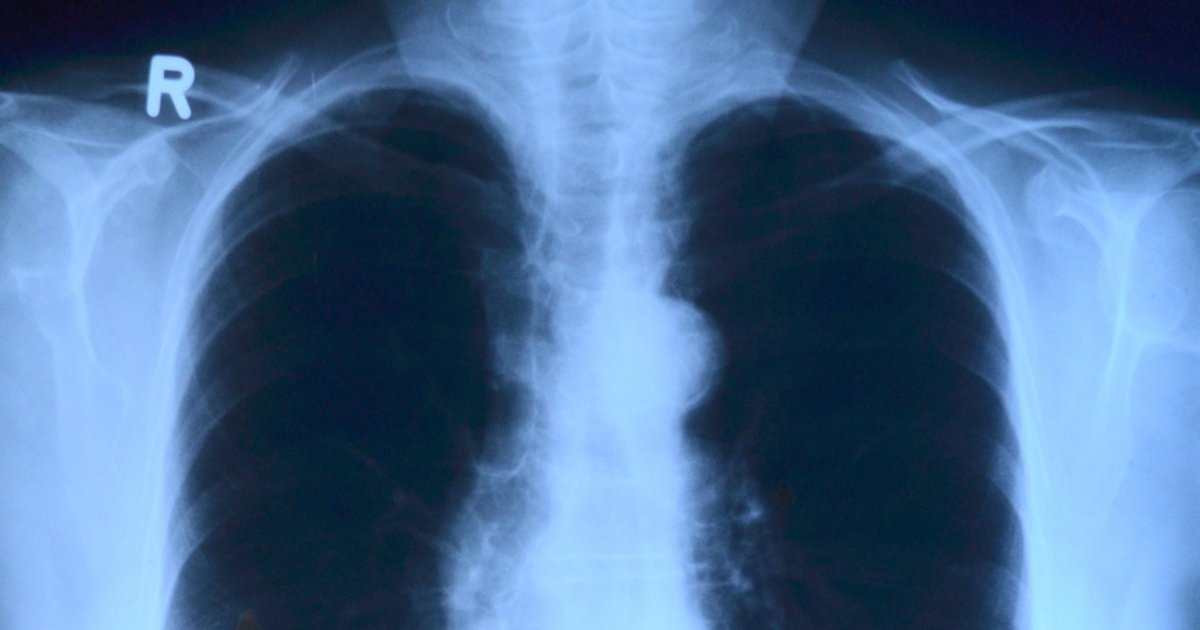Primary complex is a medical condition that many people are not familiar with, but something they should take note of especially if they have or are planning to have children.

Science Rach shares in this article everything you need to know about primary complex.
Contents
I. What is Primary Complex?
Primary complex is a type of tuberculosis infection that is manifested in children. Caused by the same bacteria that causes tuberculosis in adults and actually caused by inhalation of that bacteria from adults rather than children, primary complex happens when the child’s immune system kicks in and quarantine’s the bacteria.
Once the bacteria, Mycobacterium tuberculosis (M. tuberculosis), are quarantined, the child’s immune system forms a wall around it and at nearby lymph nodes to create the “walled-in complex” that is characteristic of the condition.
Primary complex only progresses to TB disease if the child’s immune system is weak.
a. Is it Contagious?
According to Scribd, primary complex is not contagious because the “walled-in complex” is secure and does not even cause the child to manifest symptoms of a full-blown tuberculosis; however, if the child’s immune system is compromised or becomes weak, the disease could become active as the bacteria is released from quarantine.
II. Causes
The main cause of primary complex is M. tuberculosis, a bacteria inhaled from an infected adult. Even casual contacts like people you meet in public (such as a fellow passenger or a public utility vehicle driver) can pass on the bacteria through cough.
Also, according to MedScape, children rarely produce a significant amount of sputum to be expelled in cough. Moreover, even if sputum is present, only a very small amount of organisms might be present because most are actually ‘trapped’ inside the walled-in complex.
III. Symptoms
More often than not, primary complex does not actually manifest symptoms that it can be difficult to even realize that the child has the condition at all! According to MedScape, while most children will exhibit no symptoms at all, some might show persistent mild cough and other respiratory symptoms.
According to Pediatric Pulmonology, it is also possible for patients to experience pain in the chest when coughing or even when breathing as well as coughing up sputum tinged with blood. Other symptoms include malaise, fever, night sweats, and weight loss.
IV. Diagnosis
Diagnosis of primary complex is also somewhat tricky because it does not show symptoms. So, how is it diagnosed? Well, diagnosis for the condition could start with differential diagnosis through the patient’s medical history and symptoms presented, if any.
The doctor will advise the patient to undergo chest x-ray, tuberculin skin test, and bacteriologic examination.
a. Skin Test
The Mantoux tuberculin skin test is the main test for the presence of latent tuberculosis (TB) infection. In this type of test, a small amount of purified protein derivative (a.k.a.PPD) of the TB bacteria is injected into the forearm, superficially.
– For the test results to be considered positive, the patient must exhibit an itchy, red bump on the skin that is larger than a certain size predetermined in the test.
– Note, however, that this is not 100% accurate in testing for primary complex and could be affected by a number of factors:
– The patient might not test positive but actually harbors the bacteria. The reason for this is that the size of the reaction might differ because the bacteria are quarantined. This happens in about 20% of actual cases, Scribd
– If suspected patients are actually exposed to adults with TB and have higher risks of catching the germ due to a weakened immune system, it is best to repeat the test after 10 to ensure that the first result was not a false negative.
The positive outcome is more often seen in patients who have higher risk factors for TB.
But there’s also such a thing as a false positive in the skin test! This happens when the children tested also exhibit an itchy, red bump on their skin after the test – but only because they received the BCG (Bacillus Calmette-Guerin) vaccine, the vaccine given to children to prevent TB infections.
While the results can be confusing, doctors will usually exhaust all possible means of diagnosis to ensure that a proper one is made and the patient is treated.
b. Chest X-Ray
A chest x-ray might show the formation of the walled-in complex; however, in early stages of the condition, these modules might not even appear.
Often, the test is done in patients who tested positive in the skin test. This is done to help rule out the possibility of pulmonary TB disease as well as to check for lung abnormalities; however, the results of the x-ray alone do not confirm whether the patient has primary complex or not.
c. Bacteriologic Examination
If all other tests fail or if the doctor really wants to confirm or rule out whether the child has primary complex, a bacteriologic examination will be performed. Often, sample will come from the sputum; although other specimen might be obtained.
According to Pediatric Pulmonology, this specimen is examined under a microscope to check for the presence of acid-fast bacilli (AFB). If seen, the AFB are counted and also grown in culture. After a specified number of days, the culture will be checked for the presence of M. tuberculosis. A positive culture confirms the diagnosis of TB disease.
Again, the test does not provide 100% accuracy for primary complex but only for TB disease because the M. tuberculosis could be ‘hidden’ in quarantine.
V. Treatment
The bacteriologic examination could also test for drug susceptibility to ensure that the right treatment options are provided for the patient. Nowadays, primary complex can be treated with medication within just 6 months; however, according to Web Health Centre, the child continues to have the risk of acquiring the infection again.
For the first 4 months of treatment, the child will be given three types of medications while the number could be lessened to two on the fifth and sixth month.
Here’s a warning from Scribd: It is very important, however, that the children take all the required medications and finish the course of treatment to ensure that 1) the condition is treated and 2) the bacteria does not become resistant to the antibiotics given.
If treatment is stopped or not done properly as instructed by the doctor, the child might need higher types of medication to combat the antibiotic resistant bacteria that develops!
VI. Prevention
Immunization with BCG vaccine is the main route of prevention against primary complex and TB disease. As with other vaccines, however, the BCG vaccine does not provide 100% effectivity against the child acquiring and developing primary complex and TB disease, according to Web Health Centre.
Parents are assured, however, that the vaccine is effective most of the time and if the child does acquire and develop the disease, it will be less severe than if no vaccine was provided at all.





